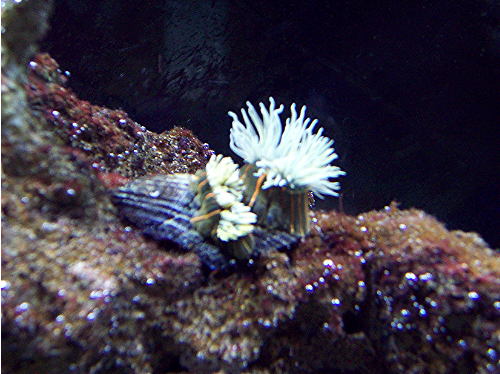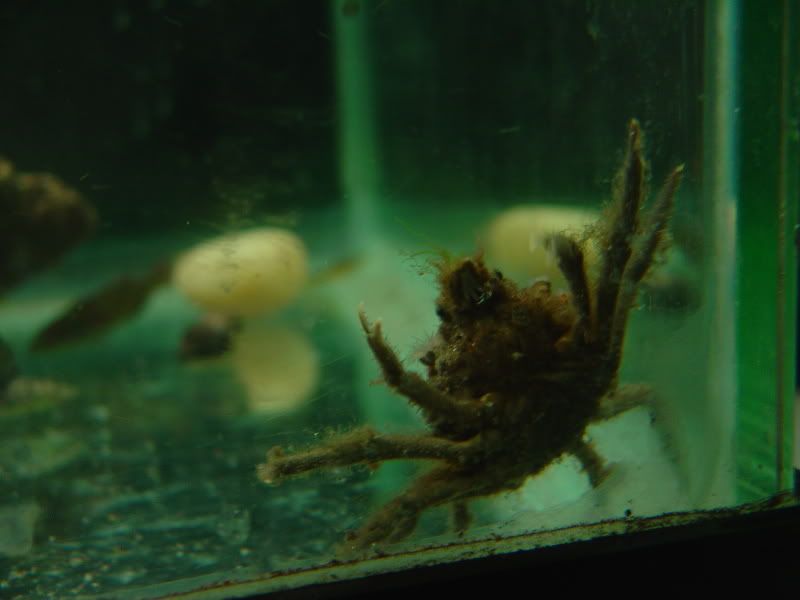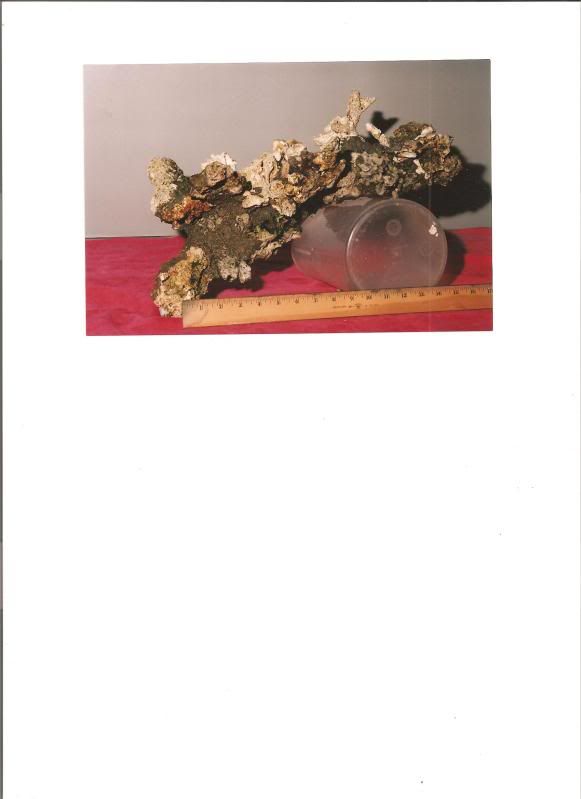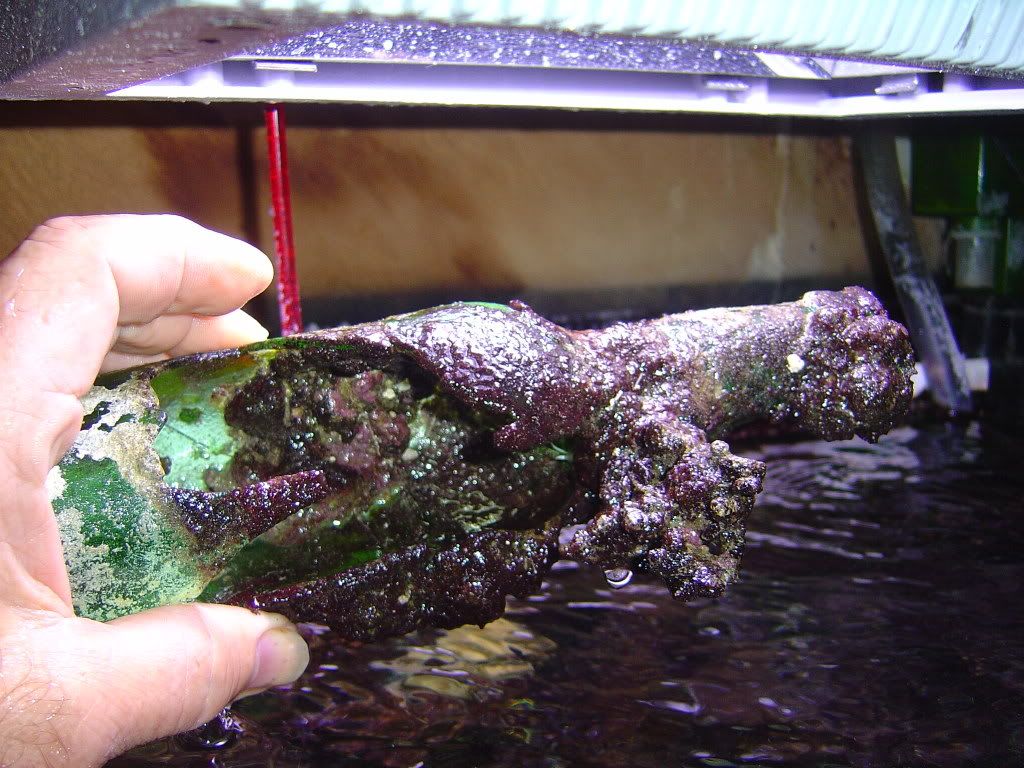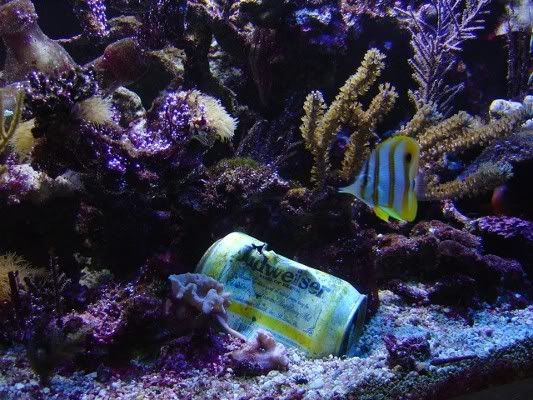Paul B
NJRC Member
I thought it would be interesting to talk about some of the odder things some of us do that is not the norm.
Thanks to computers and the internet much of this hobby has become a cookie cutter endeavour and many people do the same things the same way.
 I started way before the internet so there was no easy way to exchange ideas so I had to develop them myself. I have been doing these things for so long that I forget and think everyone does it that way, but I find that I am wrong. When I post these Ideas, people just look at me funny. Well, I can't really see them, but I think they are looking at me, or at least the computer screen funny.
I started way before the internet so there was no easy way to exchange ideas so I had to develop them myself. I have been doing these things for so long that I forget and think everyone does it that way, but I find that I am wrong. When I post these Ideas, people just look at me funny. Well, I can't really see them, but I think they are looking at me, or at least the computer screen funny.
 So I decided to write down some of the wierd-ish things I do that some people may not have heard of. If you did, just humor me.
So I decided to write down some of the wierd-ish things I do that some people may not have heard of. If you did, just humor me.
I think I will start with Pop Eye. I just answered a post about this and the person is still looking at me, or the computer screen anyway.
Fish get Pop Eye all the time, I don't know exactly why and neither does anyone else. I know there are all sorts of theories but trust me, no one knows for sure. But no matter what caused it, it is easy to treat. This usually heals on it's own with no help from us and I would wait a while to see if that happens, but if it keeps getting worse, the eye could completely pop out. That is not real good and I know I would not like that happening to me. Of course I don't think fish feel pain like we do but that is for another post where everyone can yell at me for my opinion.
 If the fish has a severe case of Pop Eye, no matter what caused it, the eye is protruding for one of two reasons. One is gas behind the eye and one is pus from an infection. Either way it is not an eye problem but a malfunction in the way the fish was designed. If you look at a fish skull, you see a dent in it where the eye goes and a tiny hole in the back where the optic nerve attaches to the eyeball. Once gas or a infection gets back there, the preasure has no place to go so it pushes out on the eye. (we have sinuses and all sorts of places for preasure to go, not that it makes us feel any better but our eyes don't usually pop out) It does not seem like there is any blood flow to that area because there are no veins that I can see and no hole through the skull for the vein to enter. There also would be no need for blood flow there as the eye has it's own blood supply that seems to travel with the optic nerve. Of course I am not a fish surgeon but I do occasionally operate (if their insurance covers it)
If the fish has a severe case of Pop Eye, no matter what caused it, the eye is protruding for one of two reasons. One is gas behind the eye and one is pus from an infection. Either way it is not an eye problem but a malfunction in the way the fish was designed. If you look at a fish skull, you see a dent in it where the eye goes and a tiny hole in the back where the optic nerve attaches to the eyeball. Once gas or a infection gets back there, the preasure has no place to go so it pushes out on the eye. (we have sinuses and all sorts of places for preasure to go, not that it makes us feel any better but our eyes don't usually pop out) It does not seem like there is any blood flow to that area because there are no veins that I can see and no hole through the skull for the vein to enter. There also would be no need for blood flow there as the eye has it's own blood supply that seems to travel with the optic nerve. Of course I am not a fish surgeon but I do occasionally operate (if their insurance covers it)
Anyway, the preasure needs to be releived so the eye can get back to where it is supposed to go.
To do this, I catch the fish and hold it in a net. I position the fish so that I have access to his eye. Then I take a sterile hypodermic needle with nothing in it and gently stick it in the thin stretched skin that is still holding the eye in. Usually the top part is stretched the most. Then I pull back on the plunger and the eye instantly goes back to where it is supposed to be. Either air or a milky fluid will come out. Sometimes the eye does not go back all the way and I do it again the next day.
If I notice that there is fluid and not just gas, sometimes I inject a little injectable antibiotic, then remove it.
In the 45 years or so and the dozens of patients I have done this on, I have never lost a patient, been sued, caused blindness, or could not cure the fish.
I don't puncture the eye and the needle can not penetrate into the brain because the skull is totally behind the eyeball.
Now for people who think this is barbaric, and you know why you are. Just think, if your eye was hanging out of your head to the point where you could lose it and someone said to you that they could totally cure you in 5 seconds would you say, "Oh my God No, I kind of like my eye like this, maybe I could get on TV" Or would you say, "hurry up and do the dam thing?"
I will post another one tomorow, in the meantime, if anyone has any un orthodox ways to do things, feel free to post as I am not the God of fish tanks.
Thanks to computers and the internet much of this hobby has become a cookie cutter endeavour and many people do the same things the same way.
I think I will start with Pop Eye. I just answered a post about this and the person is still looking at me, or the computer screen anyway.
Fish get Pop Eye all the time, I don't know exactly why and neither does anyone else. I know there are all sorts of theories but trust me, no one knows for sure. But no matter what caused it, it is easy to treat. This usually heals on it's own with no help from us and I would wait a while to see if that happens, but if it keeps getting worse, the eye could completely pop out. That is not real good and I know I would not like that happening to me. Of course I don't think fish feel pain like we do but that is for another post where everyone can yell at me for my opinion.
 If the fish has a severe case of Pop Eye, no matter what caused it, the eye is protruding for one of two reasons. One is gas behind the eye and one is pus from an infection. Either way it is not an eye problem but a malfunction in the way the fish was designed. If you look at a fish skull, you see a dent in it where the eye goes and a tiny hole in the back where the optic nerve attaches to the eyeball. Once gas or a infection gets back there, the preasure has no place to go so it pushes out on the eye. (we have sinuses and all sorts of places for preasure to go, not that it makes us feel any better but our eyes don't usually pop out) It does not seem like there is any blood flow to that area because there are no veins that I can see and no hole through the skull for the vein to enter. There also would be no need for blood flow there as the eye has it's own blood supply that seems to travel with the optic nerve. Of course I am not a fish surgeon but I do occasionally operate (if their insurance covers it)
If the fish has a severe case of Pop Eye, no matter what caused it, the eye is protruding for one of two reasons. One is gas behind the eye and one is pus from an infection. Either way it is not an eye problem but a malfunction in the way the fish was designed. If you look at a fish skull, you see a dent in it where the eye goes and a tiny hole in the back where the optic nerve attaches to the eyeball. Once gas or a infection gets back there, the preasure has no place to go so it pushes out on the eye. (we have sinuses and all sorts of places for preasure to go, not that it makes us feel any better but our eyes don't usually pop out) It does not seem like there is any blood flow to that area because there are no veins that I can see and no hole through the skull for the vein to enter. There also would be no need for blood flow there as the eye has it's own blood supply that seems to travel with the optic nerve. Of course I am not a fish surgeon but I do occasionally operate (if their insurance covers it)Anyway, the preasure needs to be releived so the eye can get back to where it is supposed to go.

To do this, I catch the fish and hold it in a net. I position the fish so that I have access to his eye. Then I take a sterile hypodermic needle with nothing in it and gently stick it in the thin stretched skin that is still holding the eye in. Usually the top part is stretched the most. Then I pull back on the plunger and the eye instantly goes back to where it is supposed to be. Either air or a milky fluid will come out. Sometimes the eye does not go back all the way and I do it again the next day.
If I notice that there is fluid and not just gas, sometimes I inject a little injectable antibiotic, then remove it.
In the 45 years or so and the dozens of patients I have done this on, I have never lost a patient, been sued, caused blindness, or could not cure the fish.
I don't puncture the eye and the needle can not penetrate into the brain because the skull is totally behind the eyeball.
Now for people who think this is barbaric, and you know why you are. Just think, if your eye was hanging out of your head to the point where you could lose it and someone said to you that they could totally cure you in 5 seconds would you say, "Oh my God No, I kind of like my eye like this, maybe I could get on TV" Or would you say, "hurry up and do the dam thing?"
I will post another one tomorow, in the meantime, if anyone has any un orthodox ways to do things, feel free to post as I am not the God of fish tanks.





